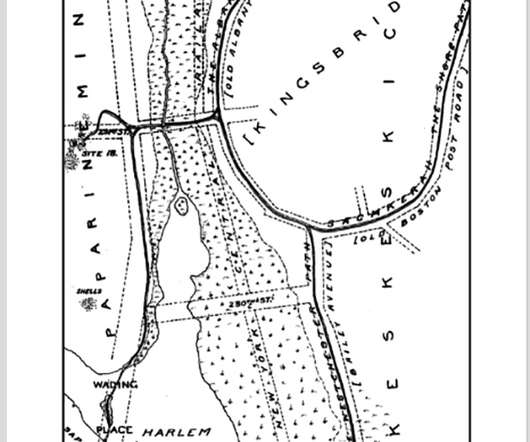“The Hawk’s Way” — a book review
10,000 Birds
MAY 9, 2022
Some, according to her, consider it a form of slavery; a 1982 book in my library, The Birdwatcher’s Companion cites “the sentimentalist element of the wildlife protection movement” as deeming falconry to be comparable to cockfighting.). As Montgomery shows, falconry is different from any other human/animal interaction.












Let's personalize your content